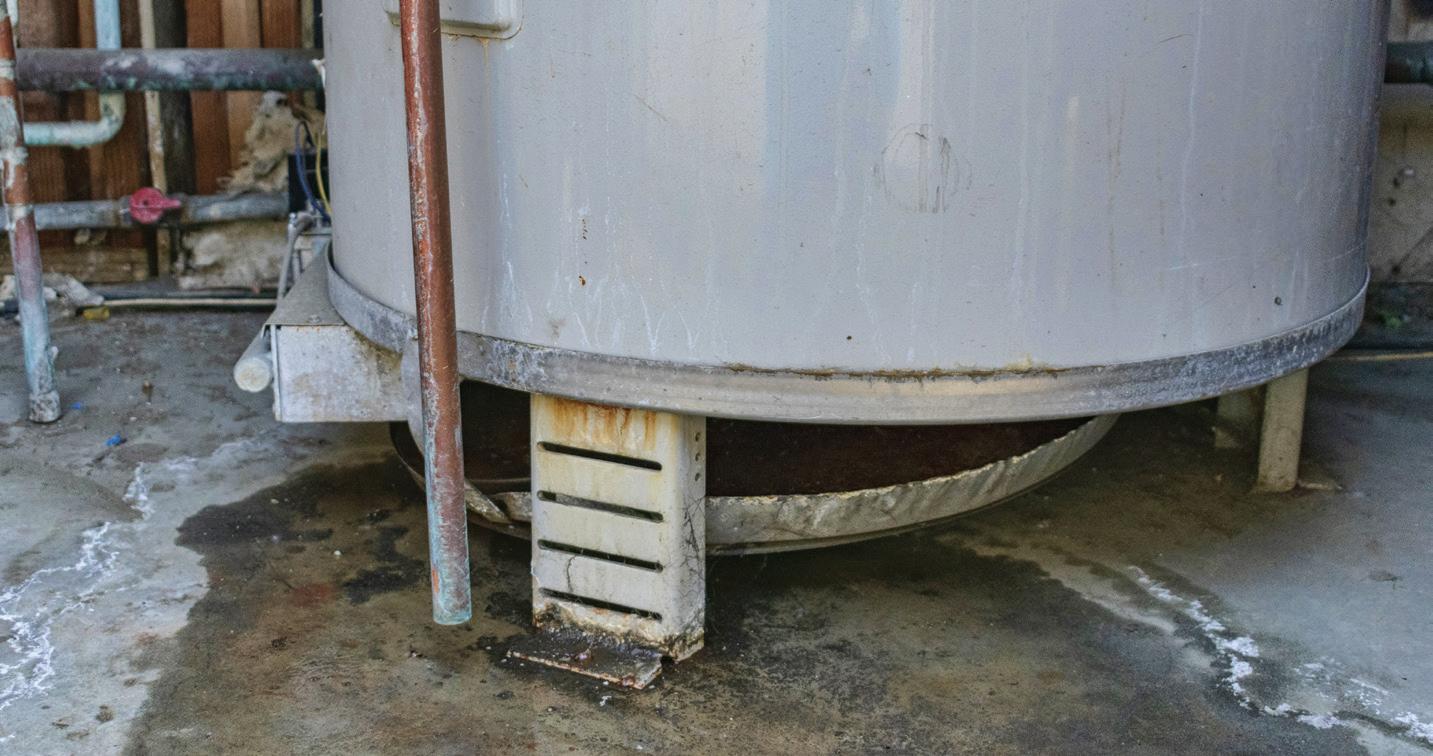
2 minute read
Don’t Forget to Spring-Clean Your Car’s Fluids!
by Expert Contributor Jack Crowley, Jr., Owner of C&J Automotive Specialists
Spring cleaning isn’t just for your house; it should also be for your car! But don’t clean off just the salt from this past winter. You should also regularly clean out your car’s fluids with flushes.
What Is a Flush?
Technically, an oil change is a fluid flush. However, there are several different fluids that help your car do its job. When you bring your car in for an oil change, most mechanics will check and top-up your fluids for you. But a top-up is no replacement for a flush.
Here are three types of fluid flushes you should know about and their generally suggested intervals of when to get them.
TRANSMISSION FLUSH
Why It’s Important
Over time, your transmission oil picks up dirt and grime that can coagulate on your friction clutches and cause clogs that can lead to severe damage to your transmission, which is one of your vehicle’s most expensive components.
What It Does
A transmission flush replaces 100% of your transmission fluid. By doing a 1-for-1 transfer of fluid, it allows for a purging of accumulated particles and deposits from the entire transmission with a specialized, cooler line flushing machine or pump inlet. A 1-for-1 transfer of fluid is done using a specialized cooler line flushing machine or pump inlet. During this fluids transfer, the entire transmission is purged of accumulated particles and deposits.
When to Get One
Every two years or 30,000 miles.
COOLANT FLUSH
Why It’s Important
Your engine’s coolant (also known as antifreeze) includes ethylene glycol, a chemical compound that regulates the engine’s temperature and prevents it from overheating or freezing. As your coolant ages, the ethylene glycol breaks down and loses its ability to regulate temperature, which increases the risk of your engine overheating or freezing. Chemical buildups could clog your radiator or heater core and cause your car to overheat. Old coolant also loses its anti-acidic properties, which can lead to corrosion of engine parts.
What It Does
A coolant flush removes all of the old coolant, which could turn acidic and start to clump. Other contaminants like rust and scale deposits that have built-up are also removed. New coolant is added, to help the engine run smoothly again.
When to Get One
Every two years or 40,000 miles.

BRAKE FLUID FLUSH
Why It’s Important
Your brake fluid is highly susceptible to gathering dirt and grime. Brake fluid is also hygroscopic, which means it pulls in moisture. If not regularly serviced, it can lead to inefficient or ineffective brakes — yikes!
What It Does
Your mechanic will use a brake-flushing machine to flush your brake hydraulic system of old brake fluid before replacing it with new fluid. A brake flush will also remove any water that may have built up in your brake lines due to condensation.
When to Get One
Every two to three years or every 25,000 to 35,000 miles.

Expert Contributor Jack Crowley, Jr., Owner of C&J Automotive Specialists











